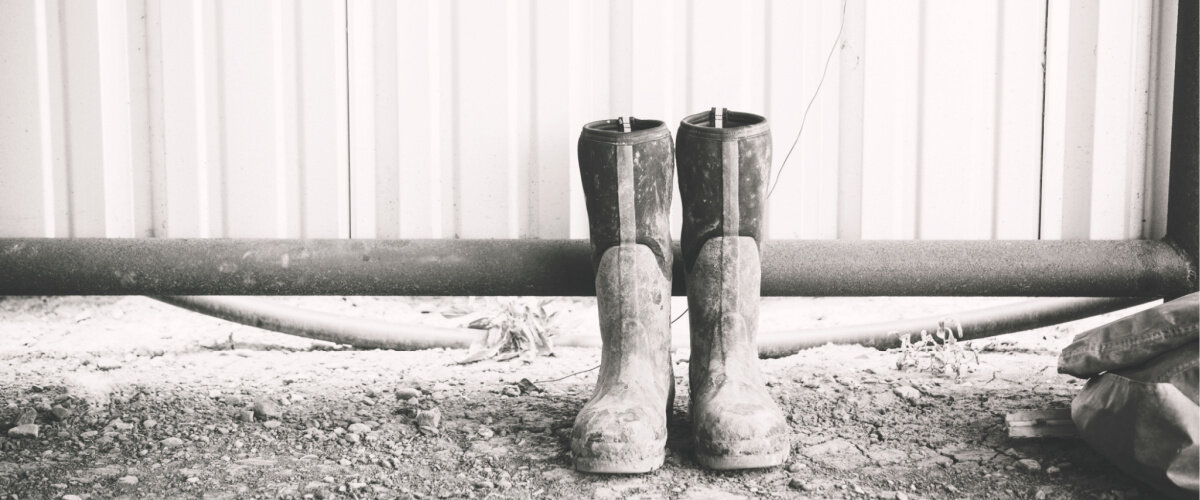2020 has taught this farmer the meaning of fatigue
October typically signals the beginning of the end of harvest in Northern California, prior to taking our operation to Southern California for the winter and early spring months. It’s also usually defined by the exhaustion of working through a hard, fast season. Our bearings are shot, our backs are sore, and our brains need a break. I, for one, look forward to fielding decisions like “Spiral ham or turkey?” instead of decisions about repairing harvesters and what to plant next.
In many ways, 2020 is like every other year—but exponentially more so. This year gives new meaning to the word fatigue.
No place to escape
The COVID-19 pandemic has forced us to bob and weave to move supply and adjust to new customer needs while following social distancing rules. This makes it challenging for our personnel to get the job done. We are constantly trying to keep people motivated, all the while uncertain of whether we’ll face another shutdown or reduction of what we’re able to do.
Then there are the wildfires. During wildfires, we saw massive displacement of personnel up and down the supply chain, plus acute quality problems from the smoke-filled skies, interrupting the ripening process of fruits and vegetables. Crops planted during the wildfires that were slated for harvest in November are delayed because of their early growing conditions. So now there’s a shortage. I recently read that Chik-Fil-A announced a lettuce shortage. I don’t remember the last time I’ve seen something so short that companies make public announcements like that—usually, those announcements are made at an industry level only.
These are the realities of farming in 2020.
All of this runs in the foreground, while in the background we hear the relentless noise of a contentious election season. We’re constantly pounded with information and misinformation because everyone with a phone has an opinion. It feels like there’s no place to escape.
Looking ahead
Will we be able to take a breather as the harvest season winds down? Yes and no.
When it comes to the amount of product we farm and harvest, volume goes up during winter because all the regional growing areas like New England, New Jersey, and New York shut down due to weather. So customers have to source their vegetables from alternative locations—some from Florida and Texas, but mostly from the West. Some data shows that 90% of America’s winter produce comes from the West.
Our transactions go up, but the farming slows down because winter crops take longer to grow. In the middle of June, something can reach maturity in 30 days in Northern California, but it can take twice as long in December in Southern California. That plant needs the same amount of attention, but it’s spread out over a longer period of time, not as intense. The downside is, if you’re short on product, it takes that much longer to catch up. I think of it as a long road trip: in summer, it’s 90 miles per hour, and in winter it’s 55 miles per hour. Either way, we’re going to get there. But one of those speeds takes longer.
So it’s just like everything else, including the pandemic, the economy, school shutdowns, and the election: we have to be patient. To everything, there is a season.

